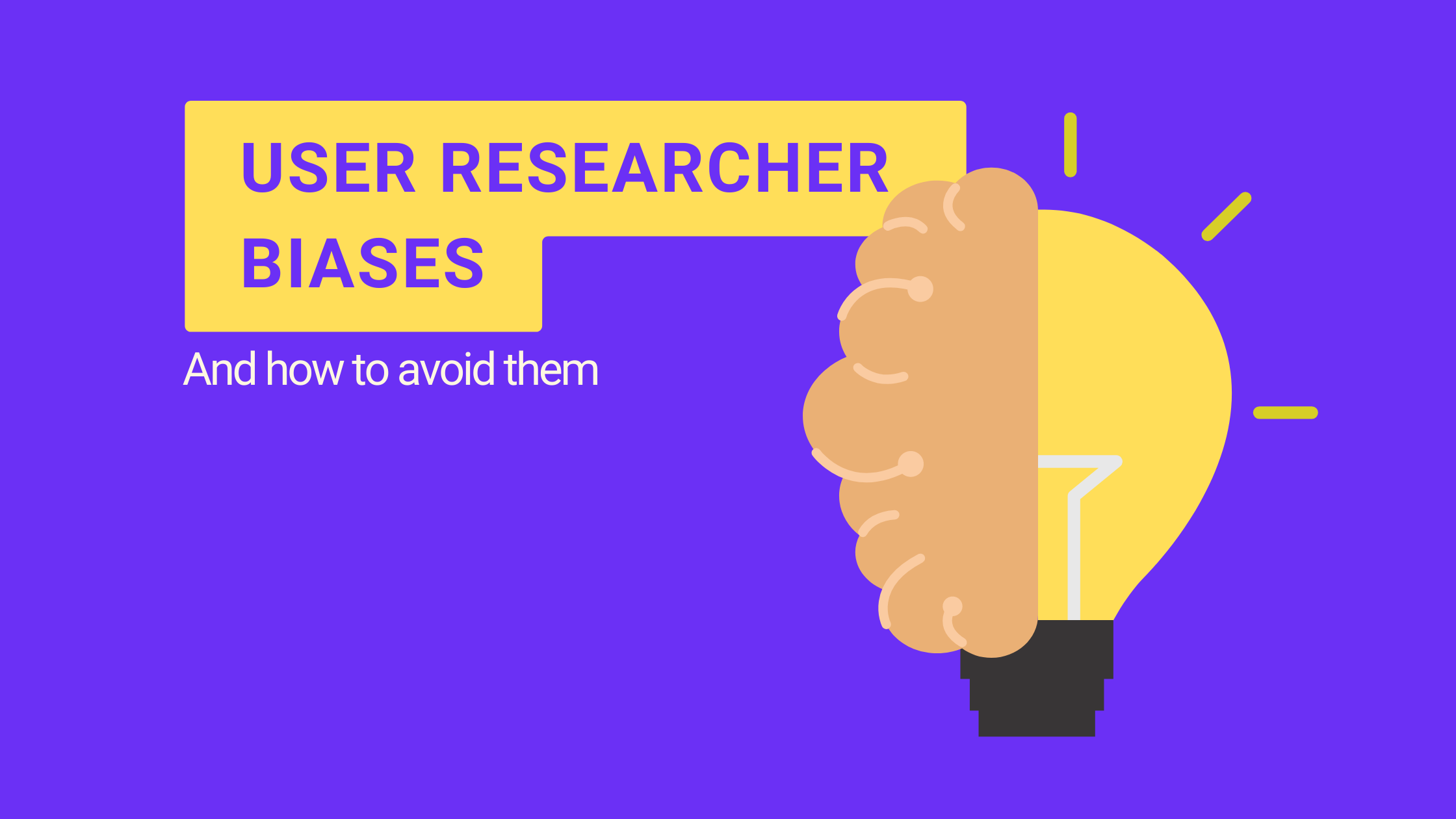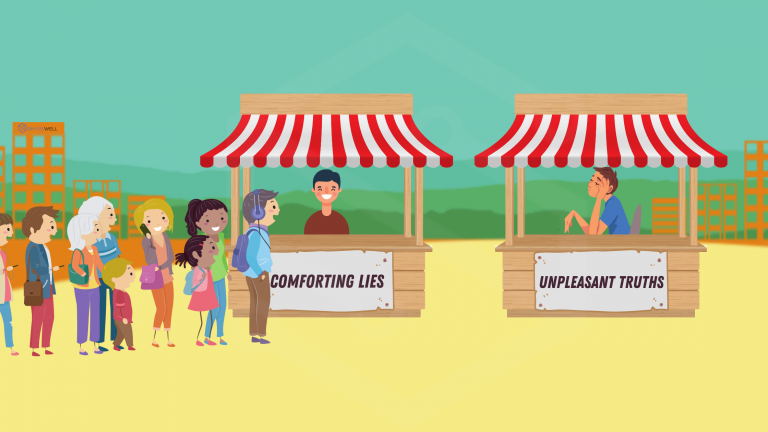User researcher cognitive biases

User research bias can be from the test participants’ side and/or from the researchers’ side. Cognitive bias can have a significant impact on the product design process. If you, as a UX researcher, are unaware of them, you can fall into the trap of flawed conclusions. A systematic error in thinking caused by cognitive biases can affect your team members’ judgments and product design decisions.
Cognitive bias can occur when you hypothesize how something works for the user and want to test that hypothesis through user research. Overcoming cognitive bias during user research helps improve product design efficiency.
There are over 100 cognitive biases, but in the context of user research, we’ll focus on 5 of them and ways to avoid them.
What is cognitive bias?
People tend to think in a particular way, which can lead to systematic deviations from rational judgment.
These tendencies usually arise from:
- Information processing shortcuts;
- The limited processing ability of the brain;
- Emotional and moral motivations;
- Distortions in storing and retrieving memories;
- Social influence
Cognitive bias, which has been studied for decades by researchers in the fields of cognitive science, social psychology, and behavioral economics, is especially important in today’s information-rich world.
When processing information, your brain creates mental shortcuts. These shortcuts reduce the load on your brain. Every time the brain processes new information, it simply uses existing shortcuts to do it faster. It’s easy to think of cognitive biases as something that helps you make sense of the world. However, it can cause a lot of problems because it can easily lead you to incorrect assumptions. They affect your thinking and behavior, and such irrational spiritual shortcuts can lead to all sorts of problems in entrepreneurship, investment, or management.

5 User research bias examples:
1. Confirmation bias:
One of the most common biases a user experience researcher will face. We like the data & insights that confirm our existing hypothesis and tend to ignore whatever challenges them.
How to avoid confirmation bias?
- Always question your insights;
- Watch what they do instead of what they say;
- Avoid asking about the preference;
- Use open-ended ways of framing questions.
2. Sunk cost fallacy bias:
It is associated with the commitment bias, where we continue to support our past decisions despite new evidence suggesting that it isn’t the best course of action. We fail to consider that whatever time, effort, or money we have already expended will not be recovered.
How to avoid it?
- Never ignore negative feedback;
- Write down assumptions & feelings before the session;
- Utilize Jobs-to-be-Done methodology;
- Analyze research with others to avoid favoring specific insights.
3. Clustering illusion bias:
Clustering illusion is the bias that arises from seeing a trend in random events that occur in clusters that are actually random events. The clustering illusion bias is often called the “hot hand fallacy” and is often the source of gambling fallacies.
How to avoid this?
- Conduct research with a diverse set of users;
- Analyze research with others to avoid favoring specific insights;
- Test with enough users.
4. Implicit bias:
We have a bias when, rather than being neutral, we prefer a person or group of people. Thus, we use “implicit bias” to describe when we have attitudes towards people or associate stereotypes with them without our conscious knowledge.
How to avoid implicit bias?
- Focus on the questions and desire to understand users;
- Don’t look someone up before a research session.
5. Fundamental attribution error bias:
Also known as correspondence bias or over-attribution effect is the tendency for people to over-emphasize dispositional or personality-based explanations for behaviors observed in others while under-emphasizing situational explanations. Or simply when we blame things on personal characteristics instead of situations.
How to avoid this bias?
- Use quantitative data/screen recording tools;
- Avoid unmoderated testing;
- Don’t focus on one session.
Recap of user researchers biases:
In this post, we discussed 5 user researcher biases that lead to systematic deviations from rational judgment. In fact, there are over 100 of them (188 according to this detailed infographic), but in the context of user research, we talked about 5 of them.
In the end, it’s important to remember that user researchers are human too (:
They are just like everyone else, and they will be wrong at times. However, if you identify potentially problematic biases before conducting research, you have a chance of getting more reliable results and ultimately arriving at better decisions.


